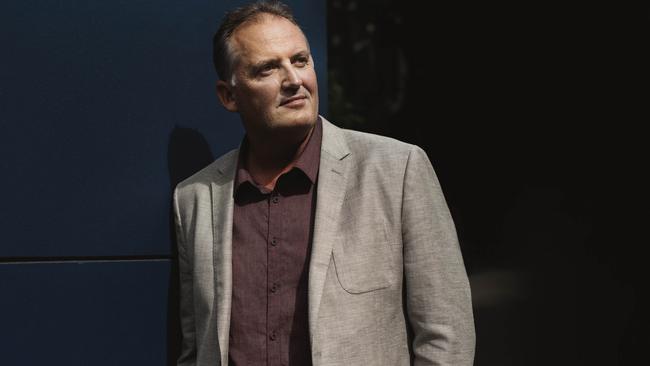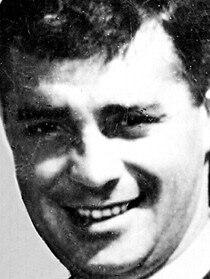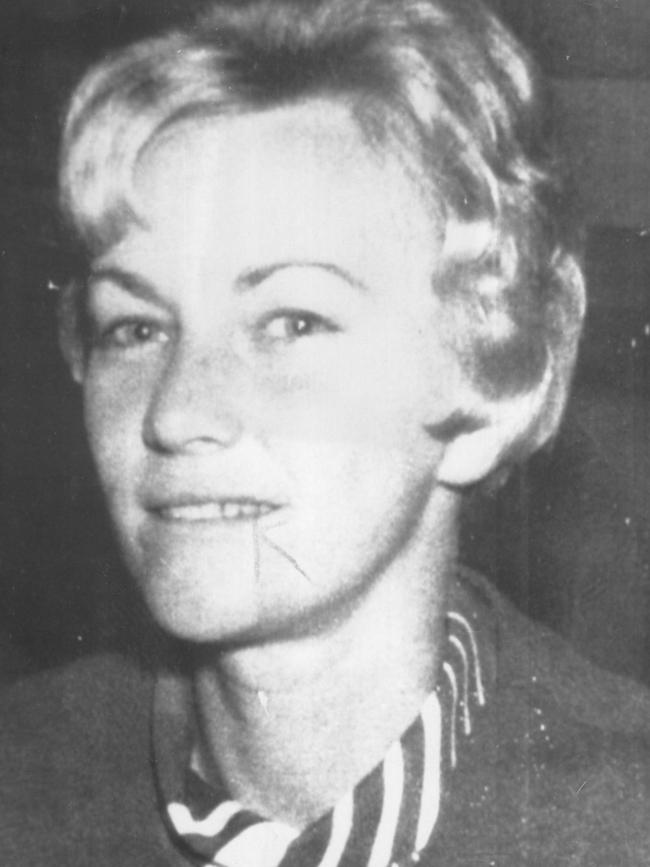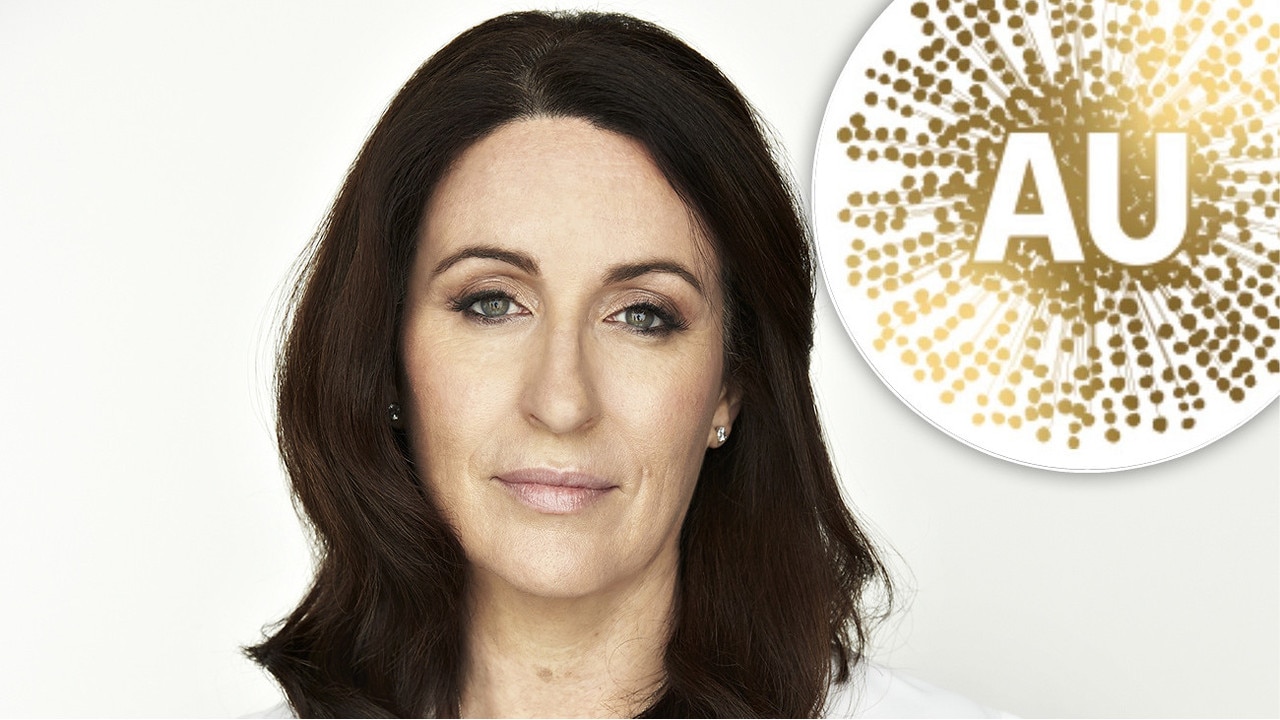The brutal murder that deserves to be solved
Recent news has shown that just because a case is cold, it’s not necessarily lost. And it’s time investigators turned their attention to this sad one, writes Matthew Condon.

Rendezview
Don't miss out on the headlines from Rendezview. Followed categories will be added to My News.
THERE is a peculiar allure to cold case murder investigations.
As life moves forward, further and further from the fresh and precise moment of a particular death, the victims remain stranded in time. And the longer a case remains unsolved, the more it engenders a feeling that we have somehow left the victim behind. That we’ve forgotten them.
That all changed this year. If anything, 2018 has been the year of the cold case. So much so that the number of cases being reworked across the country could be interpreted as expressing a collective urgency to clean up the books. To tell the victims and their families that we have not forgotten.
The arrest and charging last week of former physical education teacher and footballer Chris Dawson over the alleged murder of his wife Lyn in 1982 — brought to global attention by the extraordinary podcast, The Teacher’s Pet, by journalist Hedley Thomas — exposed something intrinsic to some cold cases.
With Lyn Dawson, millions of empathetic listeners became invested in her story. And not just the story, but in the matter of justice for this suburban mother of two young children. After more than three decades, it suddenly became an urgent public issue.
And like any good story, everyone wants an ending. It will now be up to the courts to provide the Dawson finale, one way or the other.
RELATED: Dogged police work leads to fresh arrests in McCulkin and Wagner cases

The spate of cold case investigations has a practical bedrock. For all the unsolved murders from the 1960s and 1970s, forty or fifty cold years means that potential witnesses, let alone the perpetrators, are moving into old age. Almost every unsolved murder has a point of no return.
Is it too late, for example, to resolve Queensland’s oldest cold case — the murder of Betty Shanks in Brisbane in 1952?
In 2014, Queensland homicide squad detectives began reinvestigating the murders of Brisbane mother Barbara McCulkin and her two daughters on the 40th anniversary of their deaths in 1974.
Time was running out. Major figures in this cold narrative had died.
Thanks to some extraordinary police work, and the courage of certain witnesses, two men — criminals Garry Dubois and Vince O’Dempsey — were charged over the killings, and ultimately convicted.
Recently in Queensland, the reward for information relating to the 1972 murder of Mackay schoolgirl Marilyn Wallman, 14, was doubled to $500,000.
Just last month, police reignited their investigation into the 1984 murder of Noosa yoga teacher Lesley Patricia Larkin, 31. The trigger, again, was the 34th anniversary of her death.
At the moment, there are several active cold case investigations unfolding across Australia and a desire from the police and the public alike, to seek justice, and to remember.
But one Brisbane case, has remained steadfastly trapped in the past and in recent weeks the 50th anniversary of this murder passed quietly and virtually without notice.

This was the brutal killing of Gary Venamore, 35, a Brisbane travel agent and socialite whose battered body was pulled from the Brisbane River, beneath the Story Bridge, in early November, 1968.
Venamore lived with his mother in Kangaroo Point, and on the night of his death he began a long, and ultimately fatal, pub crawl, beginning at the top end of Queen Street in the city, and ending in the seedy unlicensed Playboy Club down at Petrie Bight and across the road from the notorious National Hotel.
It was a long way away from his childhood as a boy soprano in his local church, and a former pupil of Churchie in East Brisbane.
By the time he got to the Playboy at about 10.30pm that night, Venamore had run out of money and cashed a cheque with the doorman before heading for the bar.
There, he struck up a conversation with a prostitute, Dorothy Edith Knight, who knew Venamore by sight from local clubs and bars.
At around 2.20am, Venamore — who was gay according to some, or bisexual according to others — left the bar with two men, and all three caught a taxi and headed towards New Farm. Venamore’s body was spotted by a ferry captain the next morning. An autopsy revealed he had been bashed unconscious and was still alive when he was thrown into the river.
Knight would later say she was convinced Venamore had unwittingly overheard detective Glen Hallahan — a member of the so-called Rat Pack of corrupt police alongside Tony Murphy and Terry Lewis — in a conversation at the National Hotel before arriving at the Playboy, and that what he heard may have cost him his life.
MORE FROM MATTHEW CONDON: This is no way for a baby to die

Laughably, Hallahan would be assigned to the Venamore murder investigation. It remains unsolved.
Decades later, a Brisbane criminal would allege that in the early 1970s he was taken up to the Story Bridge by Hallahan and threatened that if he didn’t do what Hallahan wanted he would “end up dead in the river like that kid Venamore”. That criminal was convinced Hallahan was involved in Venamore’s death. The criminal has since died. Hallahan died in 1991.
How did the Venamore case slip through the cracks for half a century?
His death occurred just six years before the McCulkins.
And just five before the Whiskey Au Go Go nightclub atrocity.
In a lengthy article in QNews Magazine this week, journalist and editor Destiny Rogers asked — what killed Venamore?
“Plain and simple — prejudice killed Gary Venamore,” Rogers wrote. “Anyone who knew any facts of his death, could not come forward in 1968 for fear of their lives. Gay men suffered violence and blackmail, had their lives ruined, went to jail, faced social and familial ostracism….”
In this climate of retrospective justice, the passing of Gary Venamore deserves at the very least to be remembered.
Matthew Condon is a Courier-Mail columnist.
Originally published as The brutal murder that deserves to be solved


